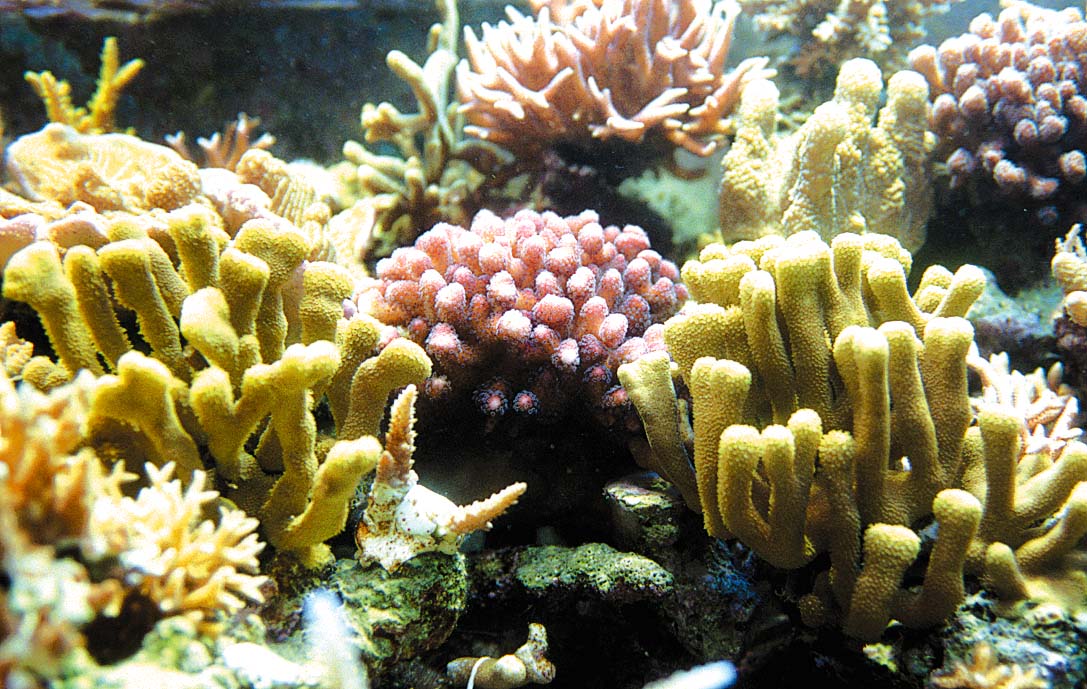Animal of the Week...28 • Shortlink
After six moths, we come back with this curious insert about animal world.
This time we take advantage of summer time to speak about a primitive marine organism: the coral. As all primitive organisms which even now populate the Earth, corals have a very simple organization.
Coral consist in thin animal called polyps. Polyps can live individually or associated with reef wich they construct. Coral polyps have a primitive anatomy, composed of a tough and protective limestone skeleton called calicle, which forms the structure of coral reef. Reef evolution stars when a polyp attaches itself to a rock on the sea bed. One time this sort of "biological bond" is came, polyp begins its reproduction in thousand of clones, by producing buds. The polyps calicle connect to one another, creating a colony which acts as a single organism. When different colonies join together, they became reefs.
In a bioloical point of view, corals can be classified in two categories:
Hermatypic corals, having limestone skeleton and live in symbiosis with zooxanthellae which supply coral the nutrients and, therefore, they need light. This symbiosis is based on the mutual exchange of substance between symbiont ( seaweed) and the host ( coral). Zooxanthellae benefit using nitrogen and carbon dioxide released as waste product by the coral.
Not-hermatypic corals, which are lack of zooxanthellae and the don't need Sun light to survive. So, this organisms can live deeper and capturing plankton by osmosis.
Corals may have different shapes and they are scattered in tropical seas throughout the world, generally near the surface of the water, where the Sun light can reach algae. Therefore, corals get the major part of their nutrients from byproducts of algae's photosynthesis; even thought some coral species developed a venomus tentacles they can stick out, usually during the night, for catching zooplankton and also small fish.
Colonies, in all their totality, compose atolls ( as Polynesian Island), "trottoir" ( as in Red Sea) and reefs ( as in Australia). These latter are constituted by sensible polyps, which grow in very bright and hot sea, but they can't resist under high temperature due to pollution: sea temperature increment leads to their death. Global warming has already killed about the 30% of the global reefs and, in the following years, this date can raise. The conseguence of reef disappearing is a threat for that 25% of all marine creature whoose life depends on corals.
Asics shoesNike News

